Bookbarn's SSM Analysis: Business Development Report
VerifiedAdded on 2023/01/16
|5
|921
|28
Report
AI Summary
This report presents an analysis of Soft Systems Methodology (SSM) and its application in a business context. The methodology includes qualitative research methods like interviews and workshops. The project team conducted interviews with various employees from different departments, including sales, customer relations, senior management, and procurement, to gather insights into the need for a new system. The study also involved SSM workshops to identify issues with the current system and desired features for a new system. Data from interviews and workshops were analyzed using a thematic evaluation approach. The report includes CATWOE analysis, root definitions, and conceptual models for the financial, HR, and other departments. The CATWOE analysis identifies the actors, transformations, Weltanschauung, owners, and environment of the system. The root definitions define the core purpose of the system, while the conceptual models provide a visual representation of the system's components and their relationships. The aim of this report is to provide a comprehensive understanding of SSM and its application in business development, using the case study of Bookbarn.
1 out of 5
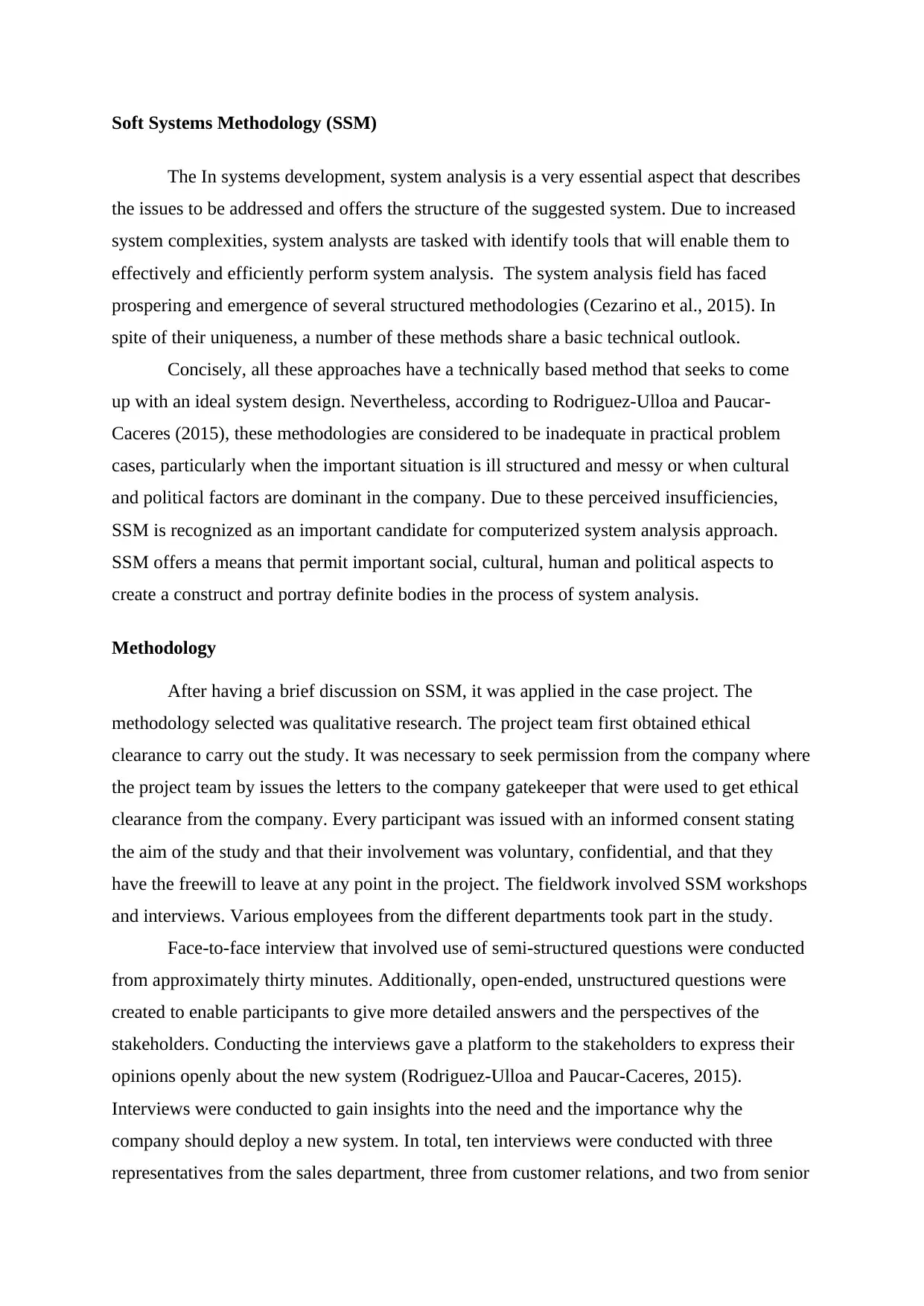
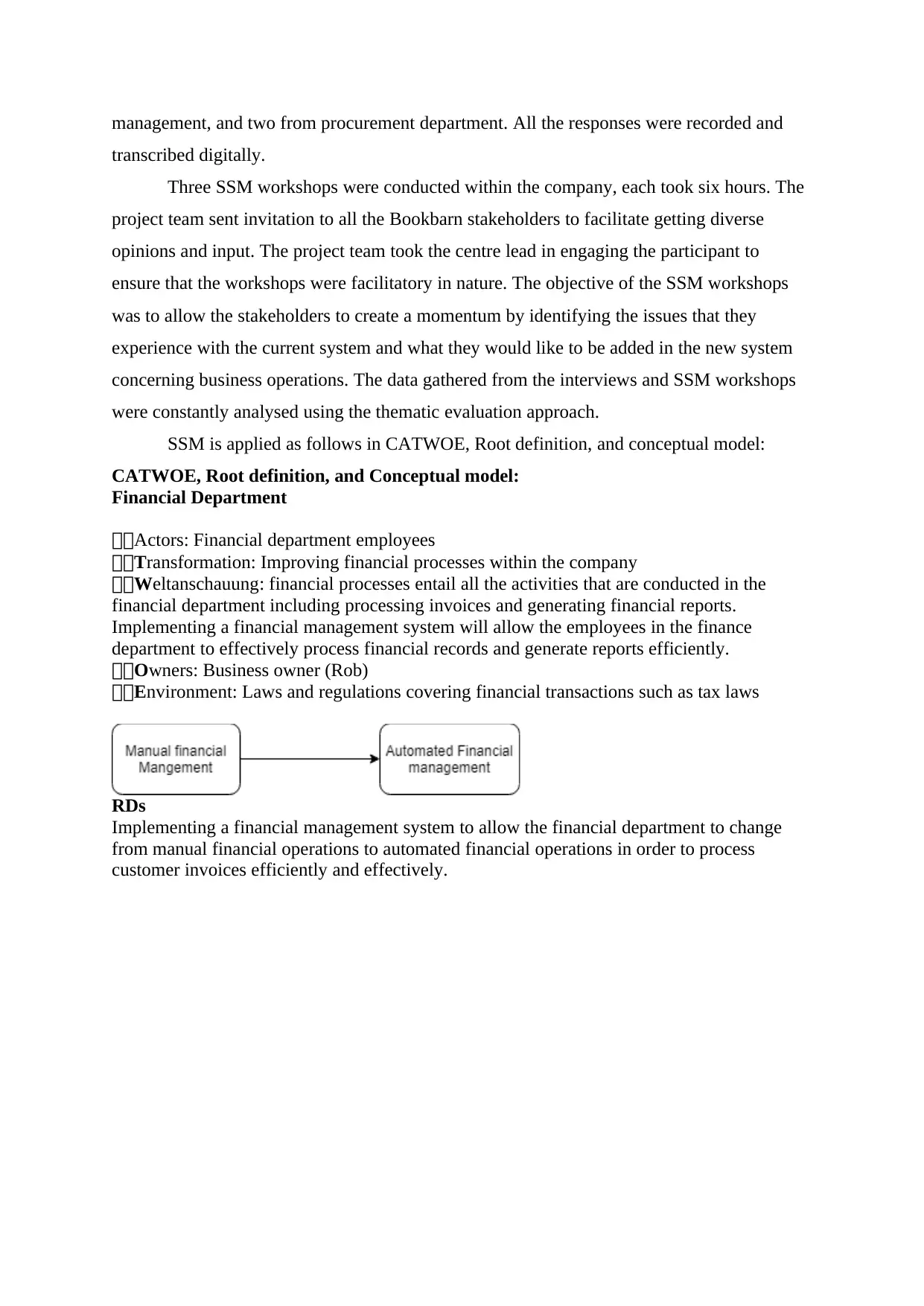
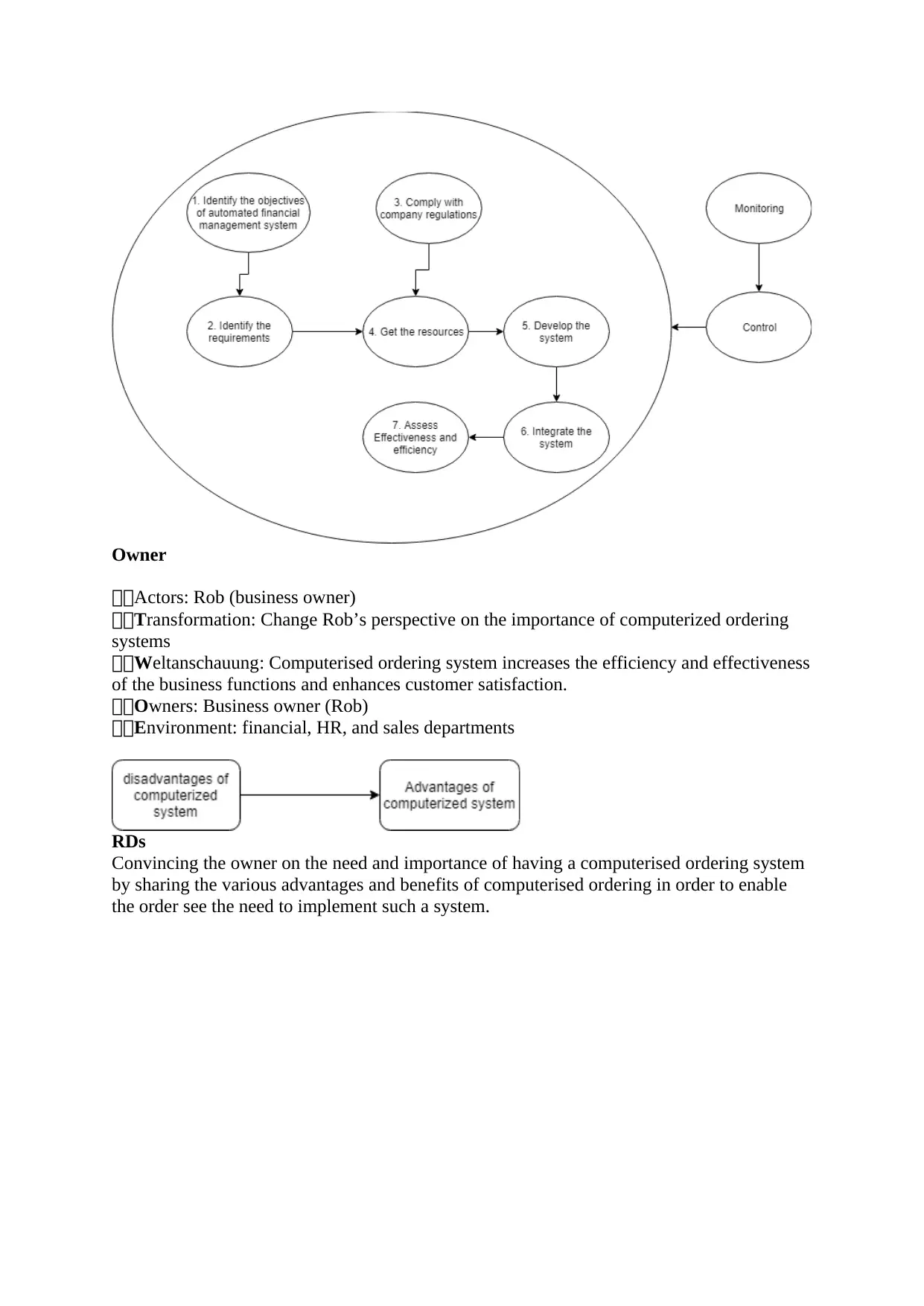

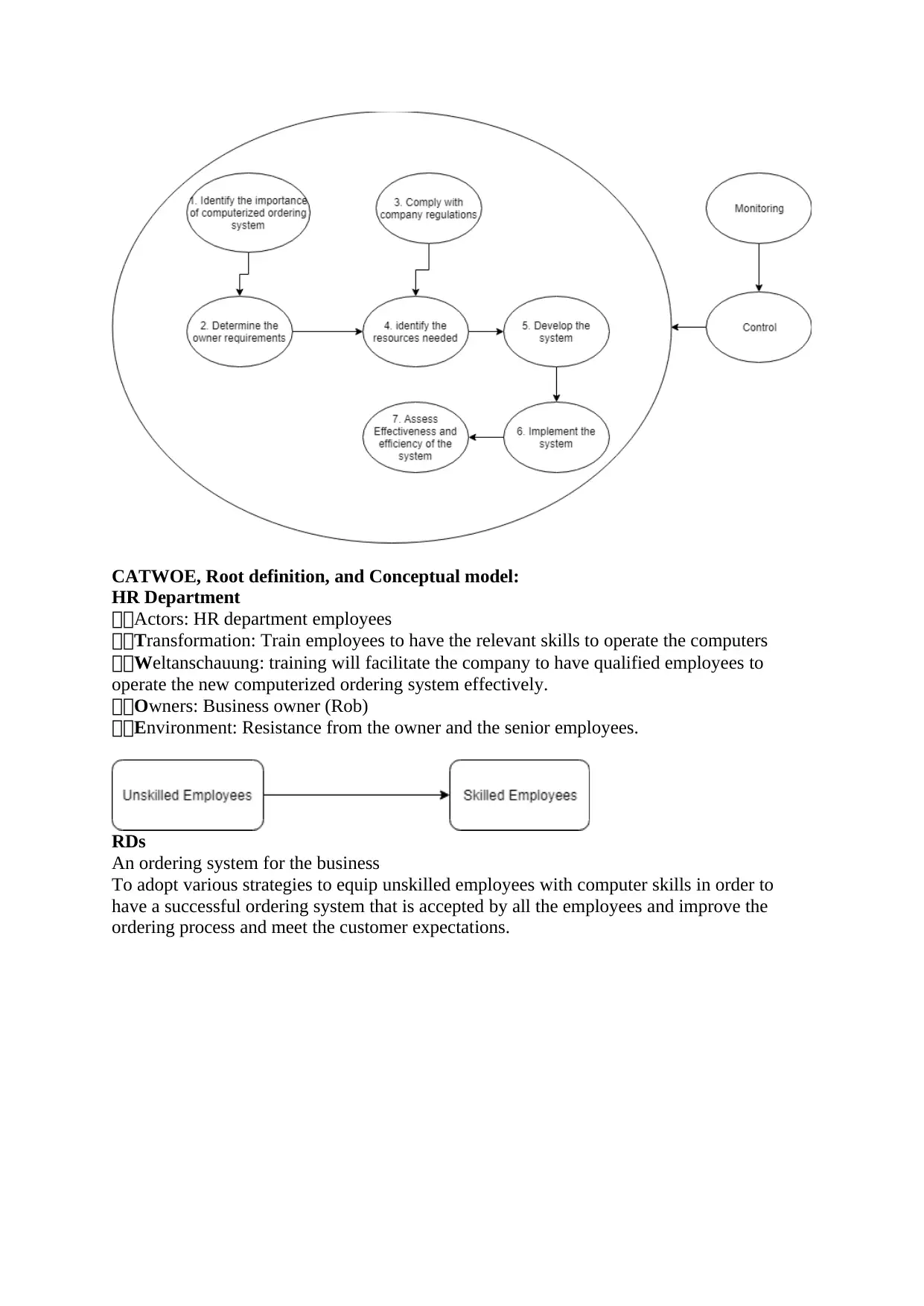
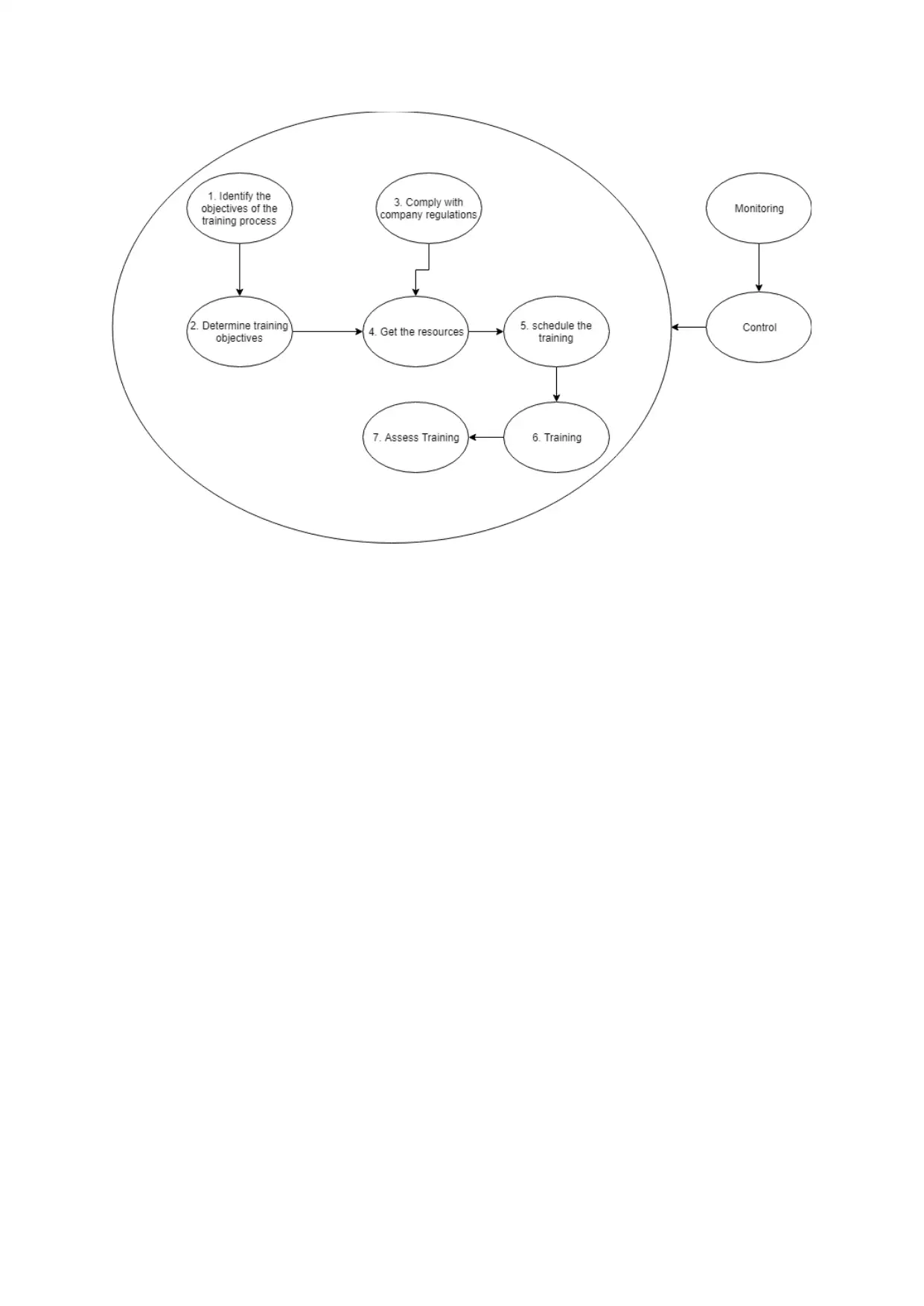






![[object Object]](/_next/static/media/star-bottom.7253800d.svg)